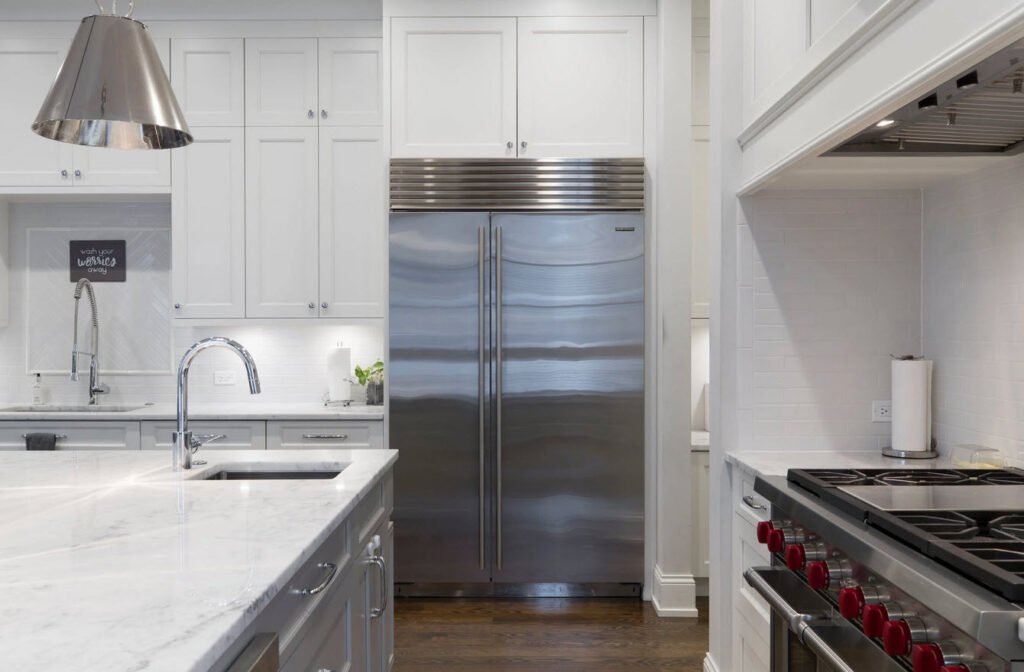Renovating your kitchen can breathe new life into your home, increase its value, and enhance your overall living experience. However, kitchen renovations can be costly, and not everyone has the cash readily available to fund such a project. In such cases, financing becomes a viable option. There are several ways to acquire financing for your kitchen remodel, each with its own set of advantages and considerations.
In this article, we’ll explore eight financing options to help you achieve your dream kitchen.
1. Home Equity Loan:
A home equity loan, also known as a second mortgage, allows you to borrow a lump sum of money using the equity in your home as collateral. This fixed-rate loan is typically repaid over a set term, making it a predictable and secure way to finance your kitchen renovation.
2. Home Equity Line of Credit (HELOC):
A HELOC is similar to a home equity loan but functions more like a credit card. You can access funds as needed, up to a predetermined credit limit, and only pay interest on the amount you borrow. This flexibility can be advantageous for a kitchen renovation project with varying costs over time.
3. Refinancing:
Refinancing your mortgage can be a strategic move if you’re looking to lower your interest rate and access cash for your kitchen remodel at the same time. This involves replacing your existing mortgage with a new one that includes the additional funds you need for your project.
4. FHA 203(k) Loan:
The Federal Housing Administration (FHA) offers the 203(k) loan program designed specifically for home improvements. This loan allows you to purchase or refinance your home while including the cost of kitchen renovations in the loan amount. It’s a great option if you’re planning significant upgrades.
5. Margin Loan:
If you have a brokerage account, you may be able to take out a margin loan against the value of your investments. This option should be approached with caution, as it carries risks and potential margin calls, but it can be a source of funds for your renovation.
6. Retirement Plan Loan:
Some retirement plans, such as 401(k)s, allow you to borrow against your own retirement savings for qualified expenses, which can include home renovations. While this option can provide quick access to funds, it should be considered carefully due to potential tax implications and the impact on your retirement savings.
7. Life Insurance Loan:
If you have a whole life insurance policy, you may be able to borrow against the cash value of the policy. The advantage is that it typically offers low-interest rates and no credit checks. However, not repaying the loan can reduce your death benefit and have tax consequences.
8. Credit Card Loan:
Using a credit card to finance your kitchen renovation should be a last resort due to higher interest rates compared to other options. However, if you have a manageable budget for the project and can pay off the balance within a short time, it can be a convenient and quick solution.
When considering any financing option for your kitchen remodel, it’s crucial to assess your budget, financial situation, and long-term goals. Evaluate interest rates, repayment terms, and any potential risks associated with each choice.
It’s advisable to consult with a financial advisor or lender to determine the best financing option that aligns with your specific needs and circumstances. Careful planning and responsible borrowing can help you achieve your dream kitchen without compromising your financial stability.




Pingback: 10 Important Things to Consider Before Designing a New Kitchen - Home Hyme